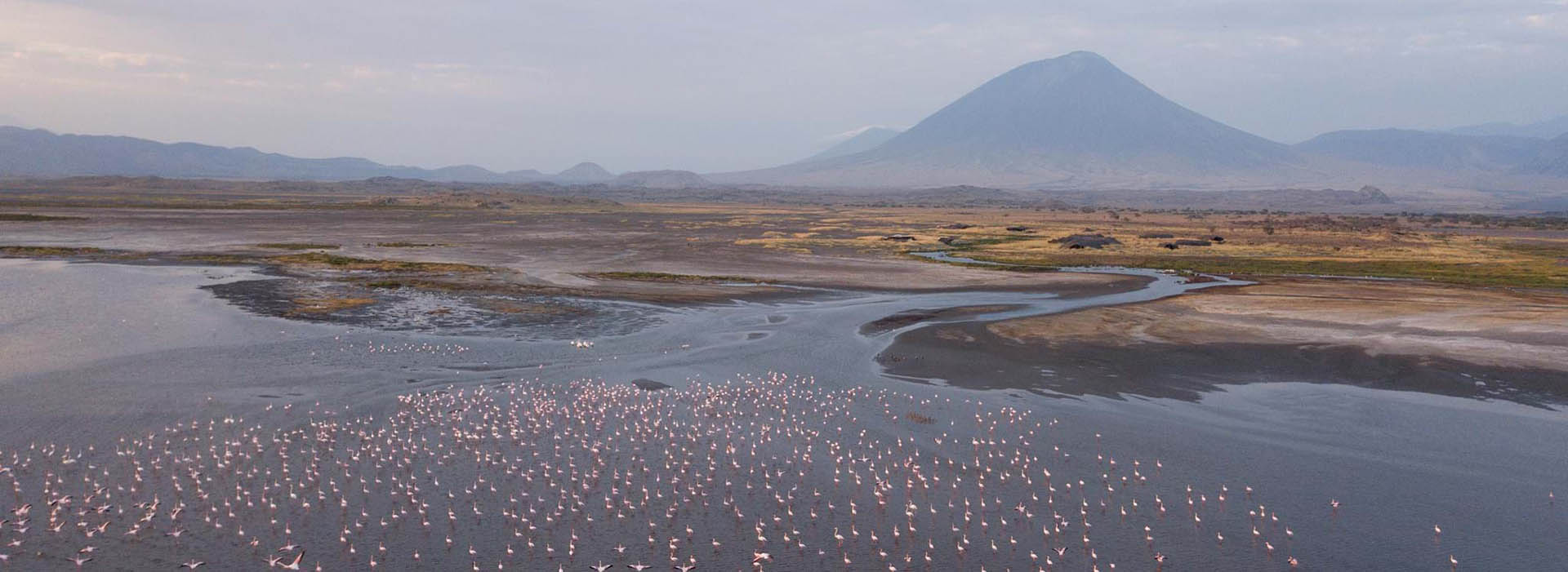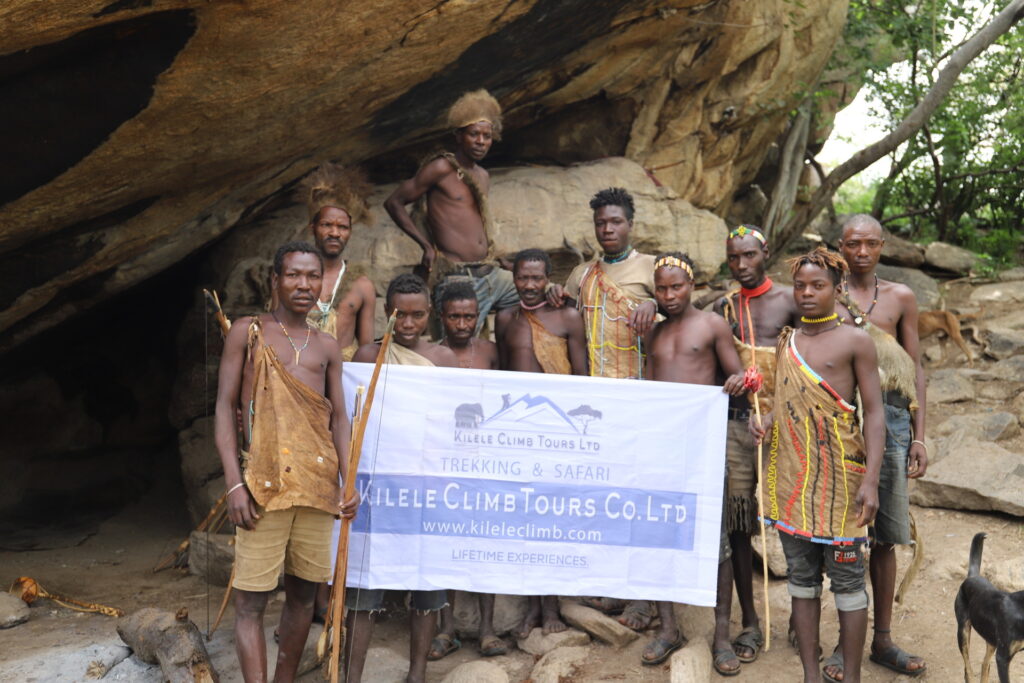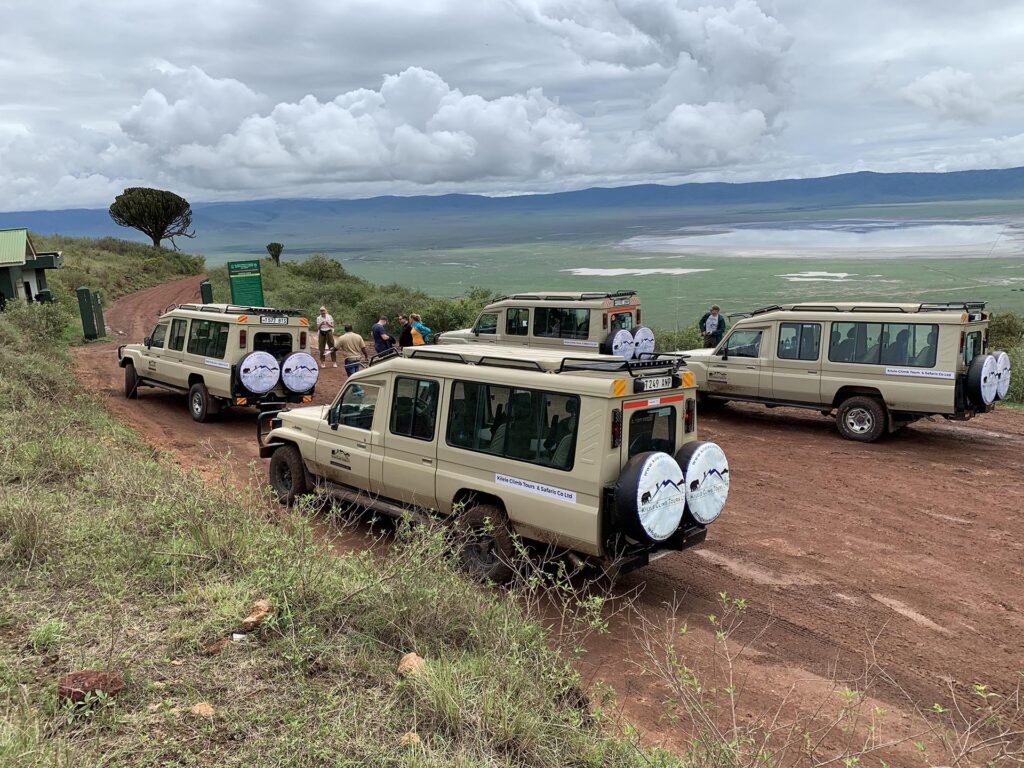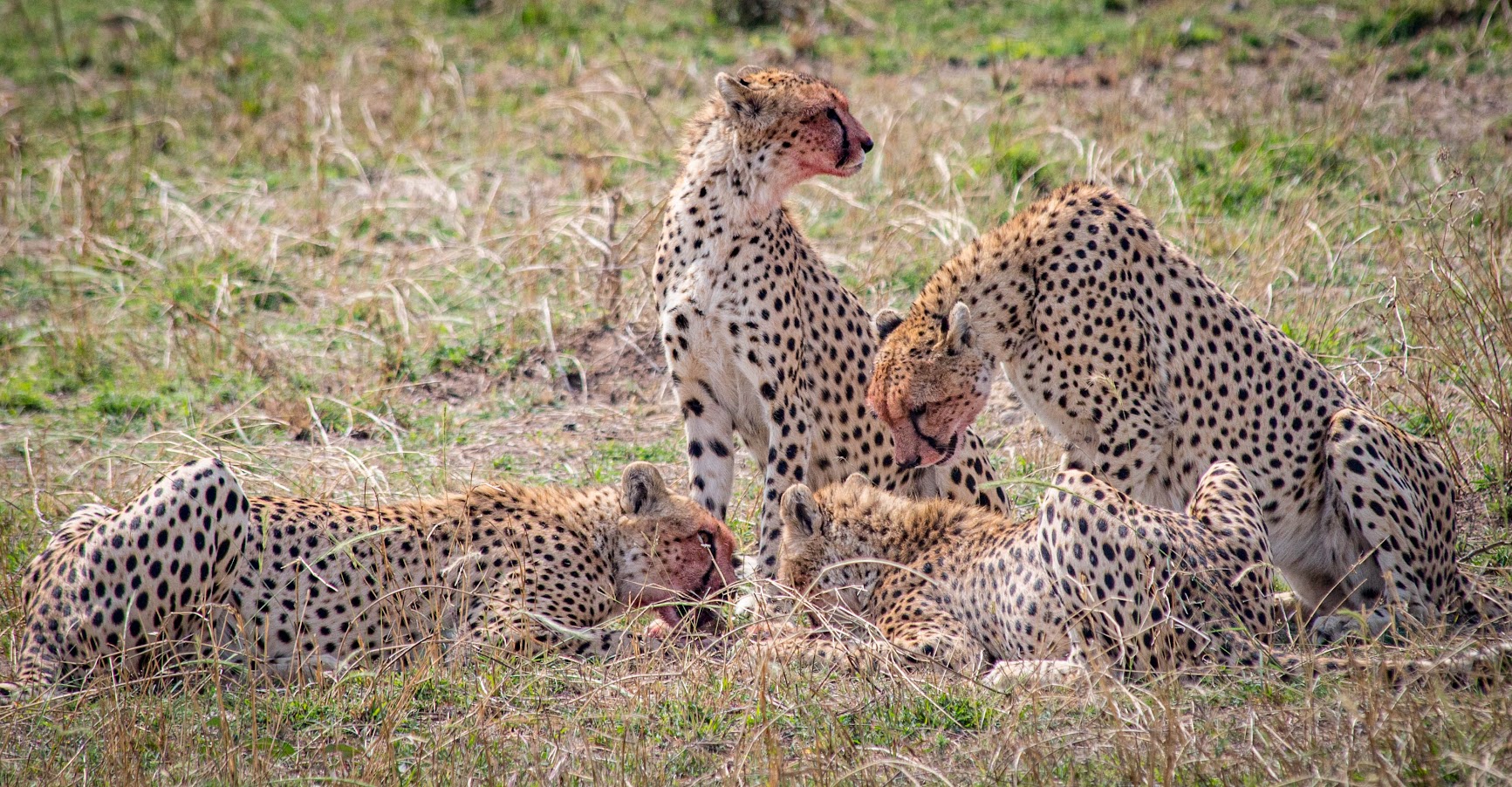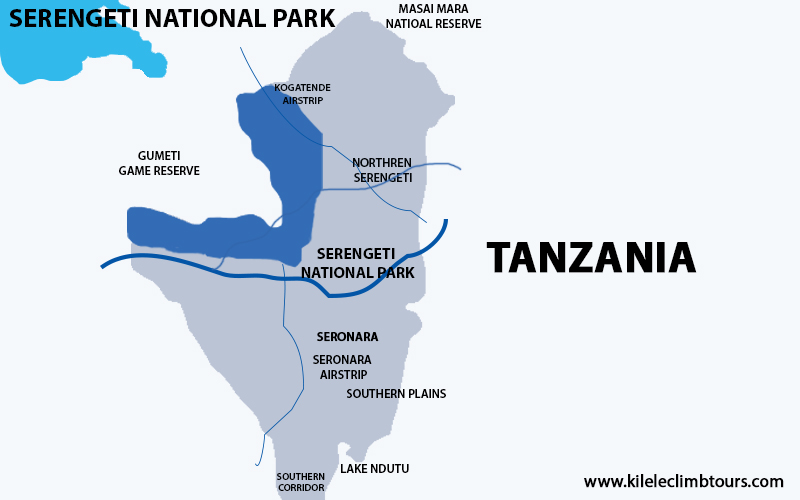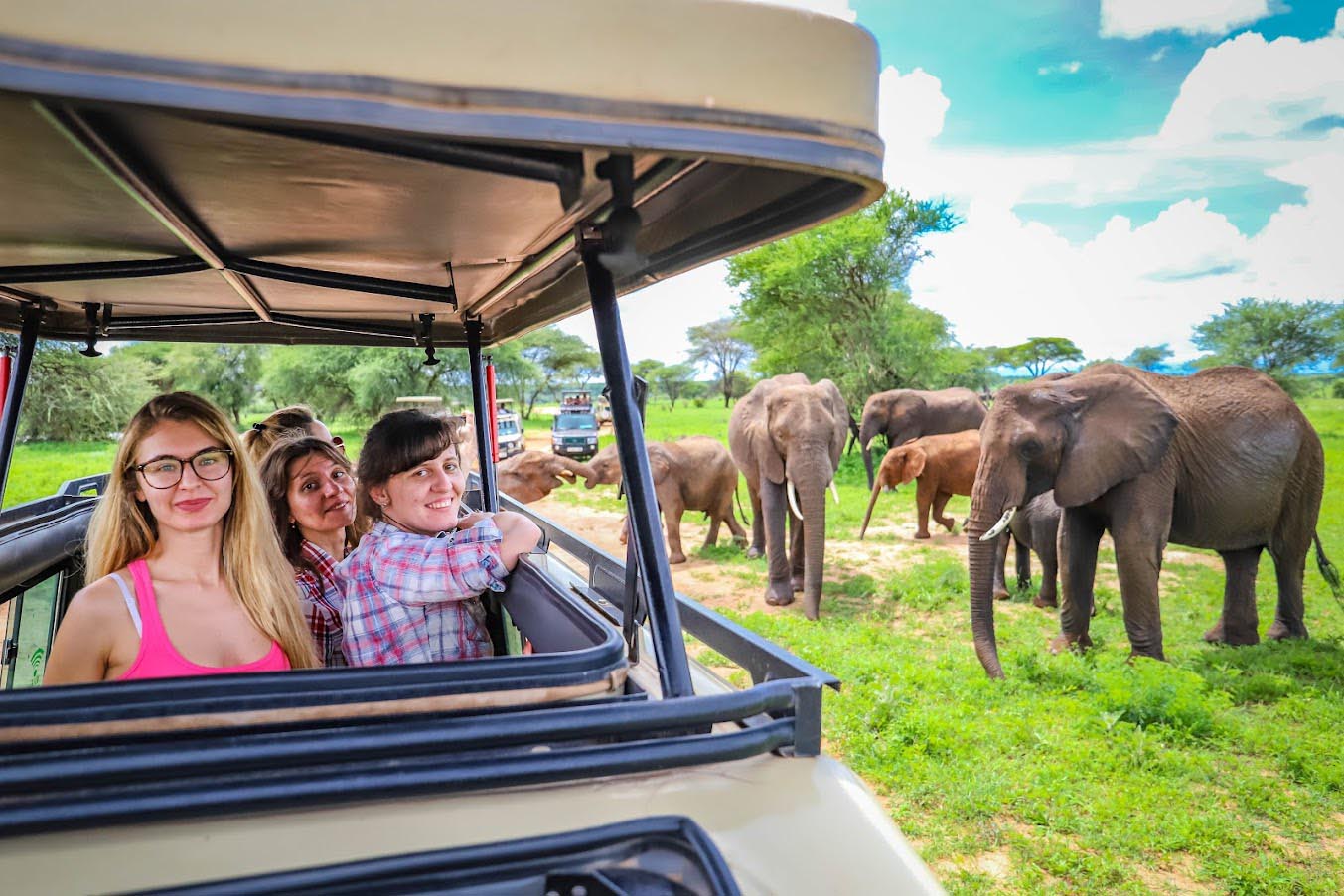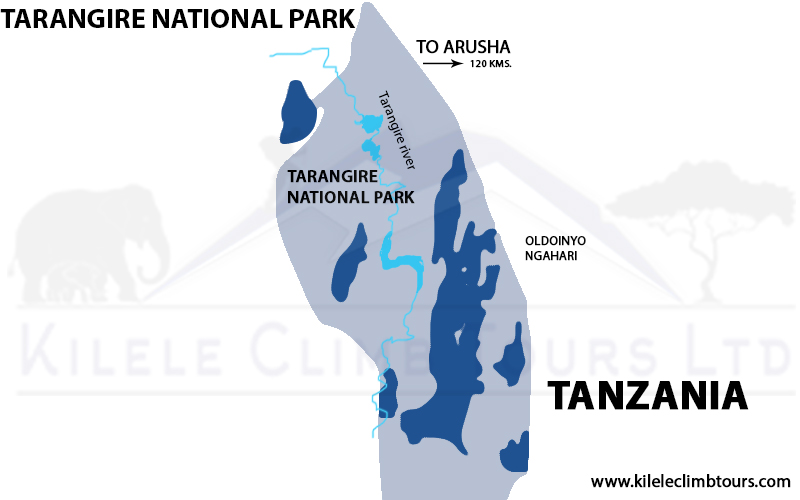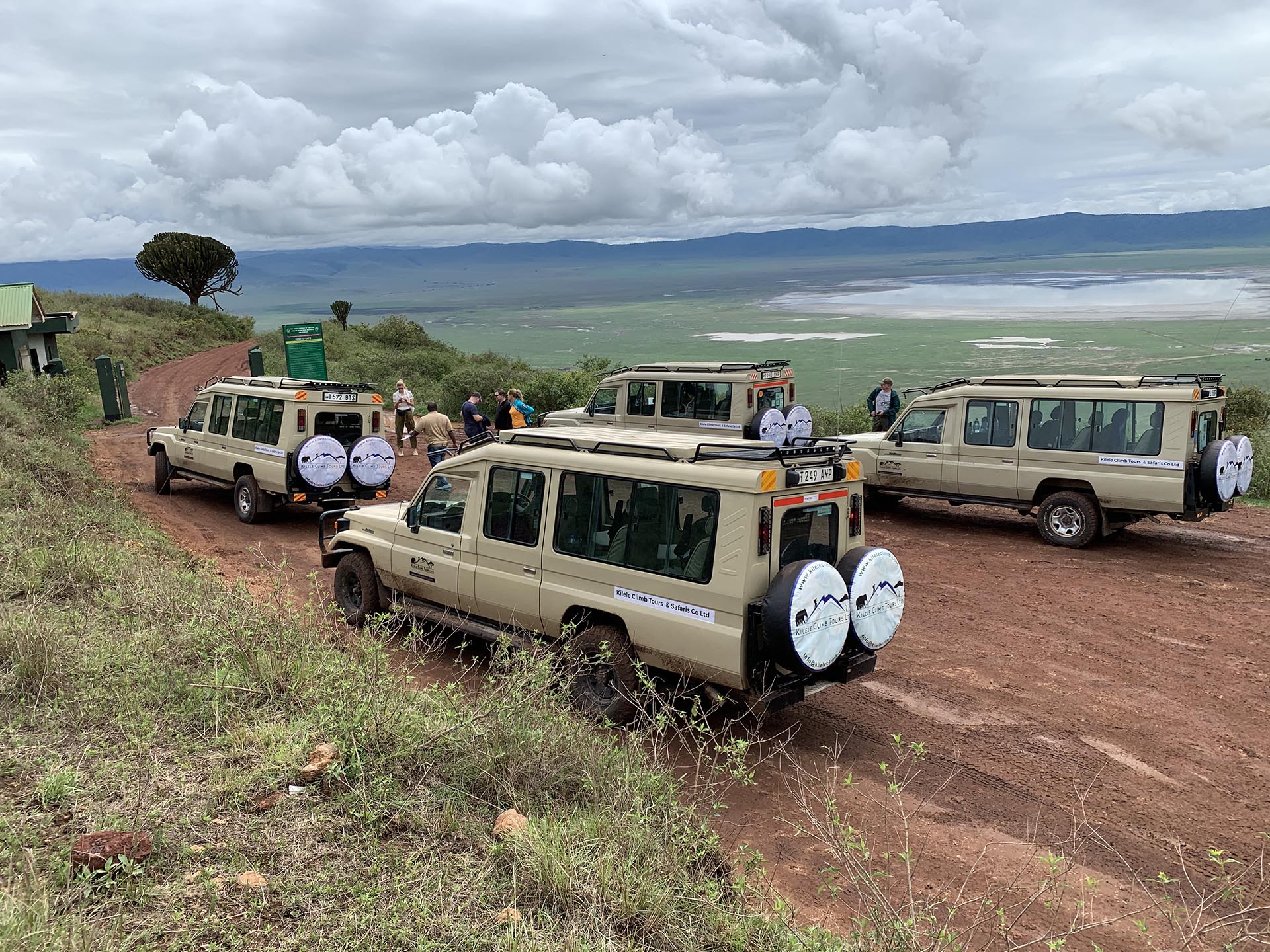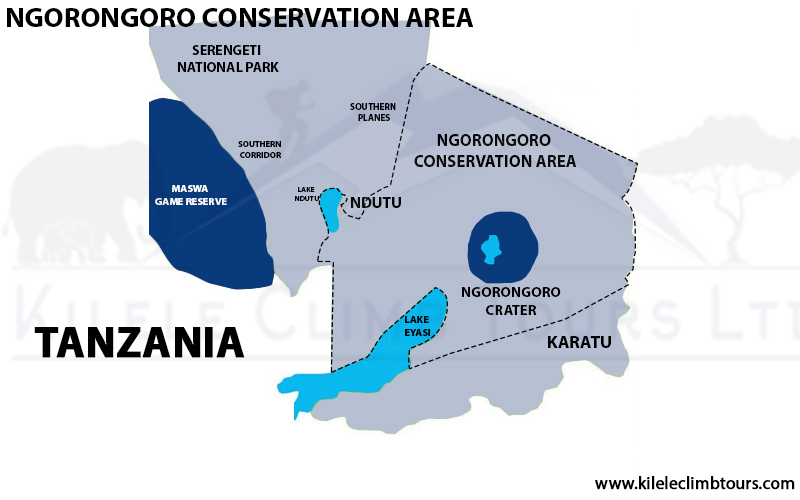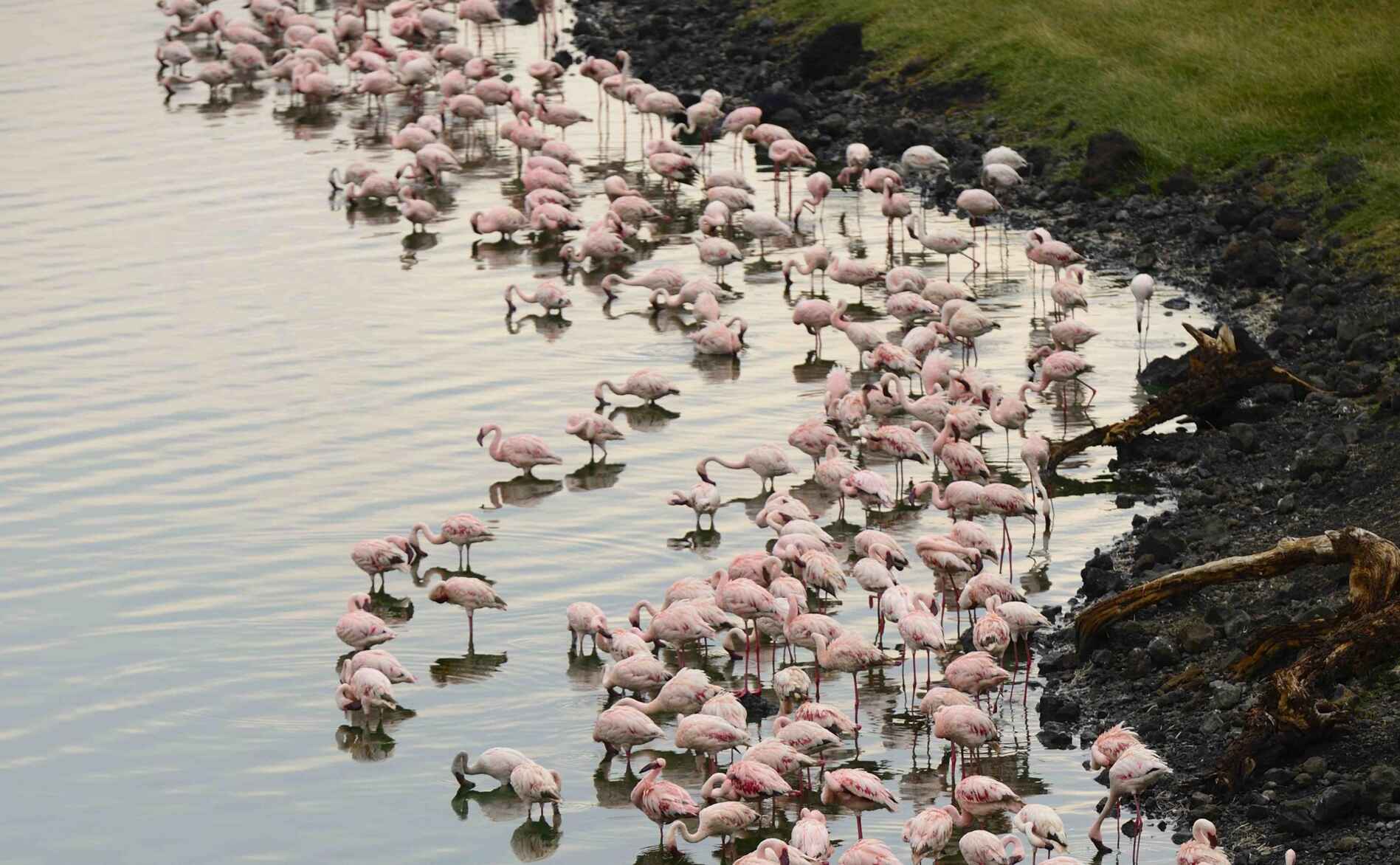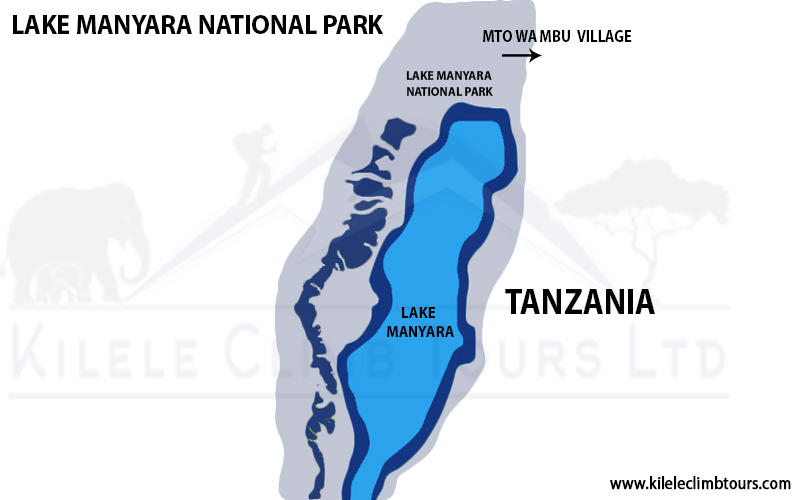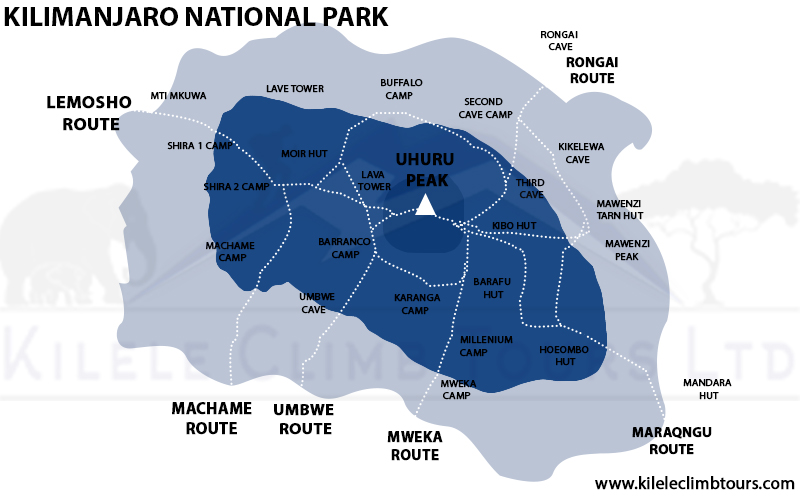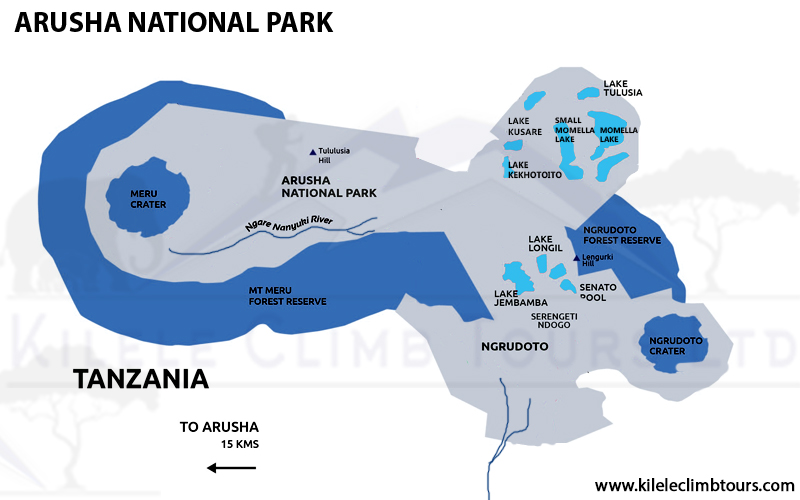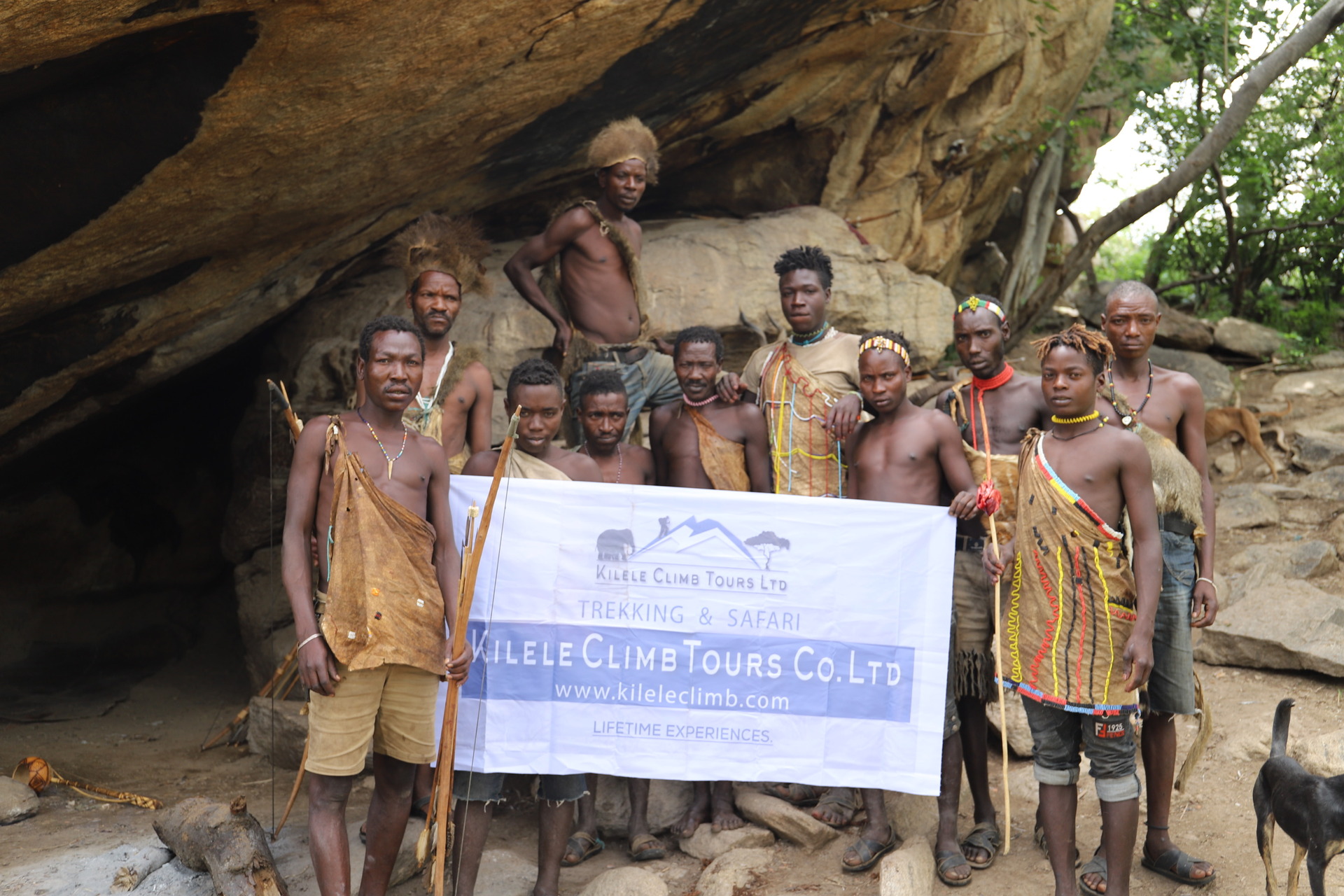Lake Natron
Lake Natron
Lake Natron is a salt or soda lake situated in the Gregory Rift, which is the eastern branch of the East African Rift. It is located in northern Tanzania and lies at the foot of the Ol Doinyo Lengai, an active volcano. The lake, which is less than three meters deep, varies in width depending on its water level and spans 57 kilometers in length and 22 kilometers in width. The area experiences irregular seasonal rainfall, with the majority occurring between December and May. The lake’s temperatures are often above 40°C.
As the freshwater evaporates in Lake Natron, the remaining water contains high concentrations of salt minerals such as sodium and trona. The lake’s alkalinity can reach a pH level of over 12, creating an environment that is ideal for the life of birds. Special bacteria and blue algae thrive in this environment, including some cyanobacteria that, like plants, produce their food through photosynthesis. The deep red and orange colors in the lake’s waters are due to the red pigment in those cyanobacteria. The salt-loving microorganisms present their color the alkali salt crust on the lake’s surface red or pink.
Info about Lake Natron
Getting there
The Park can be accessed by road.
Travel Time
- Arusha to Lake Natron: 6 hours
- Tarangire to Lake Natron: 4 hours
- Lake Manyara/Mto Ambu to Lake Natron: 3 hours
- Karatu to Lake Natron: 4 hours
- Northern Serengeti to Lake Natron: 4-5 hours
When is the best time to visit Lake Natron?
It can be quite challenging to predict when the flamingos will be present in Lake Natron. The timing depends on the amount of rainfall the area receives, which has been quite variable in recent years. It is advisable to avoid travelling to Lake Natron during the wet seasons as the roads are often muddy and difficult to navigate. The best time to visit the lake by car is between July and October when the roads are drier and more accessible.
Lake Natron is the perfect breeding place for Flamingos
Flamingos find a safe breeding ground at Lake Natron since most other animals find its caustic environment, high lake temperature (up to 60°C), and inhospitable salinity. It, therefore, provides a good barrier against predators trying to reach nests on seasonal evaporation islands. Every year, more than two million flamingos come here to lay their eggs and chicks hatch between September and April. Cyanobacteria are increasing with the salinity of the water, and the lake can carry more nests. Larger flamingos also breed in the Wadden Sea.
Other animals in Lake Natron
Some fish species (such as tilapia) can survive in the slightly less salty water near the shore. Lake Natron is also home to some endemic algae, invertebrates and other birds. Tens of thousands of other birds can be spotted near the lake, making Lake Natron a prime destination for bird lovers in Africa.
Nearby National parks
Lake Natron is also well connected to other National parks, such as Lake Manyara, the Ngorongoro Conservation Area in the south and the Northern Serengeti National Park in the west. Usually, Lake Natron is visited after Lake Manyara National Park.
Excursions and activities in Lake Natron
- Visit an authentic Maasai village
- A walk to Lake Natron itself
- Beautiful view of the mountain Ol Doinyo Lengai
- Climb Ol Doinyo Lengai (Not for everybody and at your own risk!)
- Walk to the waterfall (Not for everybody and at your own risk!)
- Birdwatching (if you are lucky, you can see thousands of flamingoes)
- Photography: the view of the large escarpment landscape + volcano

